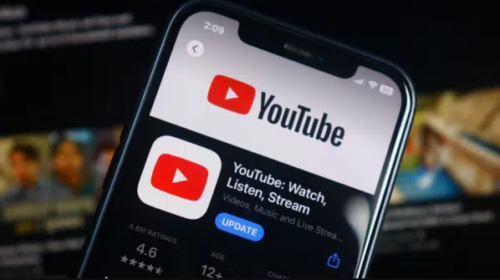TikTok enters the search ad market, challenging Google and Microsoft
Some advertisers are skeptical that TikTok has the appropriate brand safety guardrails in place for its search ads product.
TikTok is preparing to launch its own search ads platform, which will allow advertisers to bid on specific keywords and phrases related to their products or services. During the beta test rollout last year, testers confirmed that when search ads were enabled, advertisers could gather the search terms responsible for conversions and leverage those high click-through rate search terms as headlines for their best-performing TikTok videos, resulting in additional benefits.
Good to know. TikTok isn’t ready to launch search ads just yet. A representative from TikTok told Search Engine Land:
“We are in the very early stages of testing search ads in select regions. For clarification – at this stage, advertisers do not have the ability to bid on specific keywords for advertising purposes. This part of our testing is managed by TikTok based on keywords that would be most relevant and impactful to the advertiser and their specific ad.”
What’s happening. So why is TikTok making this move, and what does it mean for advertisers and consumers alike? Let’s take a closer look.
Google has long been the dominant player in this market, thanks to its massive user base and sophisticated advertising platform. However, TikTok has been making strides in the advertising space in recent years, and its user base is rapidly expanding.
By entering the search ads market, TikTok is looking to capitalize on this growth and provide a new advertising platform for businesses looking to reach younger, more engaged audiences. TikTok’s user base is largely comprised of Gen Z and millennial users, who are notoriously difficult to reach through traditional advertising channels.
Studies suggest “almost 40%” of young people searching for a lunch spot would do so on TikTok or Instagram rather than Google Maps or Search, Prabhar Raghavan, svp for Google’s knowledge and information division, said last year
How it works. TikTok’s search ads platform will allow businesses to bid on specific keywords and phrases related to their products or services, just like they would on Google. However, TikTok’s platform will likely offer some unique features and targeting options that Google does not.
For example, TikTok’s platform may offer more robust audience targeting options, allowing advertisers to reach users based on their interests, behaviors, and demographics. This could make TikTok’s platform more appealing to advertisers looking to reach specific audiences.
For consumers, TikTok’s entry into the search ads market could mean more relevant and targeted ads. If advertisers are able to more effectively target their ads to specific audiences, consumers may be more likely to engage with those ads and find products and services that are relevant to their interests.
Not so fast. However, it’s important to note that TikTok’s foray into the search ads market is not without risks. Google has a massive head start in this market, and TikTok will need to offer compelling features and competitive pricing in order to attract advertisers away from Google’s platform.
Additionally, TikTok will need to ensure that its search ads platform is user-friendly and does not detract from the user experience on the app. If users feel inundated with ads or if the ads are not relevant to their interests, they may be less likely to engage with the platform overall.
Why we care. TikTok’s entry into the search ads market represents a new opportunity to reach younger, more engaged audiences. TikTok’s user base is largely made up of Gen Z and millennial users, who are difficult to reach through traditional advertising channels. By offering a new advertising platform with robust audience targeting options and unique features, TikTok may be able to provide advertisers with a more effective way to reach these valuable demographics.
Additionally, TikTok’s platform may offer more competitive pricing and better ROI than Google’s platform, making it an attractive option for advertisers looking to stretch their advertising dollars.





